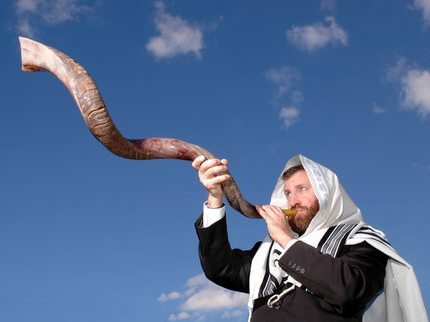
Yom Kippur
Introduction
The culmination of the Days of Awe is the Yom Kippur, or the Day of Atonement. It falls on the tenth day of the month of Tishrei, and it is the most sacred day in the Jewish calendar – no wonder it is also called “Sabbath Sabbathon” or “Saturday Sabbath.” During 10 preceding the Yom Kippur days, Jews are praying for forgiveness and repenting of their sins. They are begging the Lord for the good fate for the coming year. Yom Kippur is the day of atonement of the soul, the time when a person comprehends all actions of the past year and wholeheartedly regrets the wrong deeds.
Origin
“This shall be a permanent statute for you: in the seventh month, on the tenth day of the month, you shall humble your souls and not do any work, whether the native, or the alien who sojourns among you; for it is on this day that atonement shall be made for you to cleanse you; you will be clean from all your sins before the Lord.” (Leviticus 16, 29-31).
“Humble your souls” should be understood as a commandment to abstain from food and drink, to fast on the Day of Atonement.
Holiday traditions
Yom Kippur Eve is a semi holiday accompanied by mixed feelings of joy and sorrow.
It is customary to make generous alms on the Yom Kippur. The money intended for the rite called “Kapparot” (“redemption”) is being donated to the charity.
During this period, we ask forgiveness from all those who have been wronged by us or whom we have harmed, intentionally or unintentionally; this day reconciles warring parties.
The last meal before Yom Kippur is festive and rich. After that meal, father of the family, or both parents, bless the children.
In the memory of the departed, a memorial candle is lit. It should burn for twenty-four hours.
In the synagogues, men are wearing the “Kittel” (a long white robe) and the Tallith as symbols of purity. Women are also dressed in white.
Yom Kippur Service
Kol Nidrei
The prayer “Kol Nidrei” (“All Vows”) is read immediately before the evening service of Yom Kippur. In this prayer we turn to God asking to forgive us for all unfulfilled vows, and especially for those that have been given in a state of passion. Kol Nidrei concerns only the vows that prayer gives to himself, it doesn’t exempt from the vows that were given to another person, or community, or to a court of justice.
Prayers of repentance
Praying for forgiveness for sins are the main part of the liturgy of Yom Kippur.
“Viduy” (“Confession”) is read during all services on that day, and there is a list of possible sins (in alphabetical order) that do not necessarily have been committed by a prayer, because this confession is offered on behalf of all the people of Israel.
“Yizkor”(“May He remember”)
“Yizkor” is the memorial prayer. It is read for all the deceased relatives. In this prayer we ask G-d to remember the souls of our departed close ones.
“Neila”(“Closing”)
“Neila” (“closing of the gates of divine mercy”) is the final service of the day. The Ark remains open throughout whole service. This prayer follows by the last blow of the Shofar – one long blast.
Yom Kippur in Israel
In Israel, Yom Kippur obtains a very special spiritual power, especially in Jerusalem, where not a single car is seen throughout the time of fasting. Even non-religious Israelites observe the sanctity of this day.
By a nightfall, after long hours of fasting and praying, Jewish people rush to the synagogues. Many of them come to pray to the holiest place in Jerusalem – to the Wailing Wall. Powerful voice of the Shofar fills up our hearts and brings to mind the words of the Prophet Isaiah: “And in that day a great trumpet will sound. Those who were perishing in Assyria and those who were exiled in Egypt will come and worship the LORD on the holy mountain in Jerusalem”.






